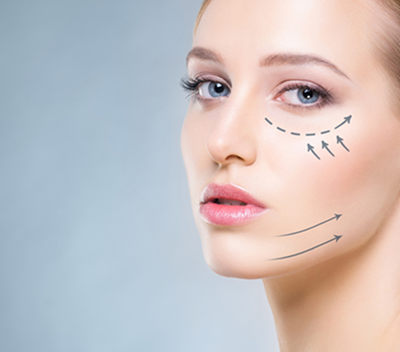Do Electric Toothbrushes Have The Edge Over Manual Toothbrushes?
 AD Ratings - Dental
AD Ratings - Dental
 Aug 25, 2025
Aug 25, 2025
Are Electric Toothbrushes Really Better Than Manual Ones? Here’s What You Should Know
Maintaining oral hygiene starts with one fundamental habit—brushing your teeth. Whether you use a traditional manual toothbrush or a high-tech electric one, the goal remains the same: remove plaque, eliminate bacteria, and keep dental issues at bay. But the question still lingers: Does one perform better than the other?
While both tools can help achieve a clean, healthy mouth, electric toothbrushes may have a slight edge when it comes to efficiency, especially for certain users.
Brushing Technique Matters More Than the Tool
The American Dental Association (ADA) emphasizes that proper brushing technique plays a more critical role in oral health than the type of toothbrush used. Bacteria naturally form a sticky film (biofilm) on teeth and gums. If not removed regularly, this layer hardens into plaque, leading to gingivitis, periodontitis, and eventually tooth decay and tooth loss.
Dr. Maria Lopez Howell, ADA spokesperson, explains, “If biofilm isn’t regularly disrupted through brushing, it becomes what we call plaque—and that’s where dental trouble begins.”
Manual vs. Electric: What Research Says
Numerous studies, including a landmark 2014 Cochrane review, explored the difference in effectiveness between electric and manual brushes. After studying 51 participants over a few months, researchers noted:
-
11% more plaque was removed by electric brushes within 1–3 months
-
That figure grew to 21% after 3 months
-
For gingivitis, the reduction was 6% at 1–3 months, and 11% after 3 months
While these numbers show electric brushes offer a marginal improvement, Dr. Steven Daniel, a periodontist, points out, “The overall benefit exists but isn’t dramatic. A manual toothbrush used correctly can be just as effective in maintaining oral health.”
Advantages of Electric Toothbrushes
Electric toothbrushes offer several user-friendly features that make brushing easier and more effective for certain individuals:
-
Automated motion: Rotating, vibrating, and oscillating bristles do the work for you
-
Wider handles: Easier to grip for those with arthritis, tremors, or limited dexterity
-
Built-in timers: Help ensure you brush for the recommended two minutes
-
Pressure sensors: Alert or stop the brush if too much force is applied—protecting gums
-
Slim, clustered bristles: Make them great for navigating around braces or implants
These benefits make electric toothbrushes a strong option for children, seniors, or those with mobility issues who may struggle with brushing effectively using a manual brush.
What Does the ADA Recommend?
The ADA does not favor one type of toothbrush over the other—instead, it promotes proper brushing habits across the board. Here are the core recommendations:
-
Use a soft-bristled brush to avoid damaging gums and enamel
-
Brush for at least 2 minutes, twice a day
-
Hold the brush at a 45-degree angle toward the gum line
-
Use short horizontal strokes followed by vertical up-and-down sweeps
-
Replace your toothbrush every 3–4 months or sooner if the bristles become frayed
“If your toothbrush bristles are worn out, they won’t clean properly,” says Dr. Howell. “Frayed bristles can’t reach the areas around the gum line and between teeth effectively.”
Bottom Line: It’s a Personal Choice
Choosing between manual and electric isn’t about which one is universally better—it’s about what works best for your lifestyle and needs.
Dr. Daniel puts it simply: “If someone finds it easier to use an electric toothbrush and it helps them keep their mouth healthier, then it’s a worthwhile investment. But that doesn’t mean manual brushes don’t get the job done.”
And as Dr. Howell reminds us, “Manual brushes have been used for generations—and they still work when used correctly.”
Final Thoughts
If you’re comfortable and consistent with a manual brush, you’re likely doing just fine. But if you need extra support—whether it’s with brushing technique, timing, or accessibility—an electric toothbrush could offer that helpful boost.
In the end, consistent brushing with the right technique, regardless of the tool, is what keeps your smile bright and your gums healthy.
Trending News
-

The New Face of Plastic Surgery: How Ozempic, Hormones, and Social Media Are Reshaping Aesthetics in 2025 Dave.C
-

How to Treat Pigmentation Changes on Melanin-Rich Skin Post-Eczema David.C
-

9 Recovery Tips From a Plastic Surgeon (and Patient) to Make Healing Easier Dave.M
-

Should You Consider Breast Explant Surgery? Dave.M
-

Are Your Implants Covered? Understanding Plastic Surgery Complication Insurance David.C
